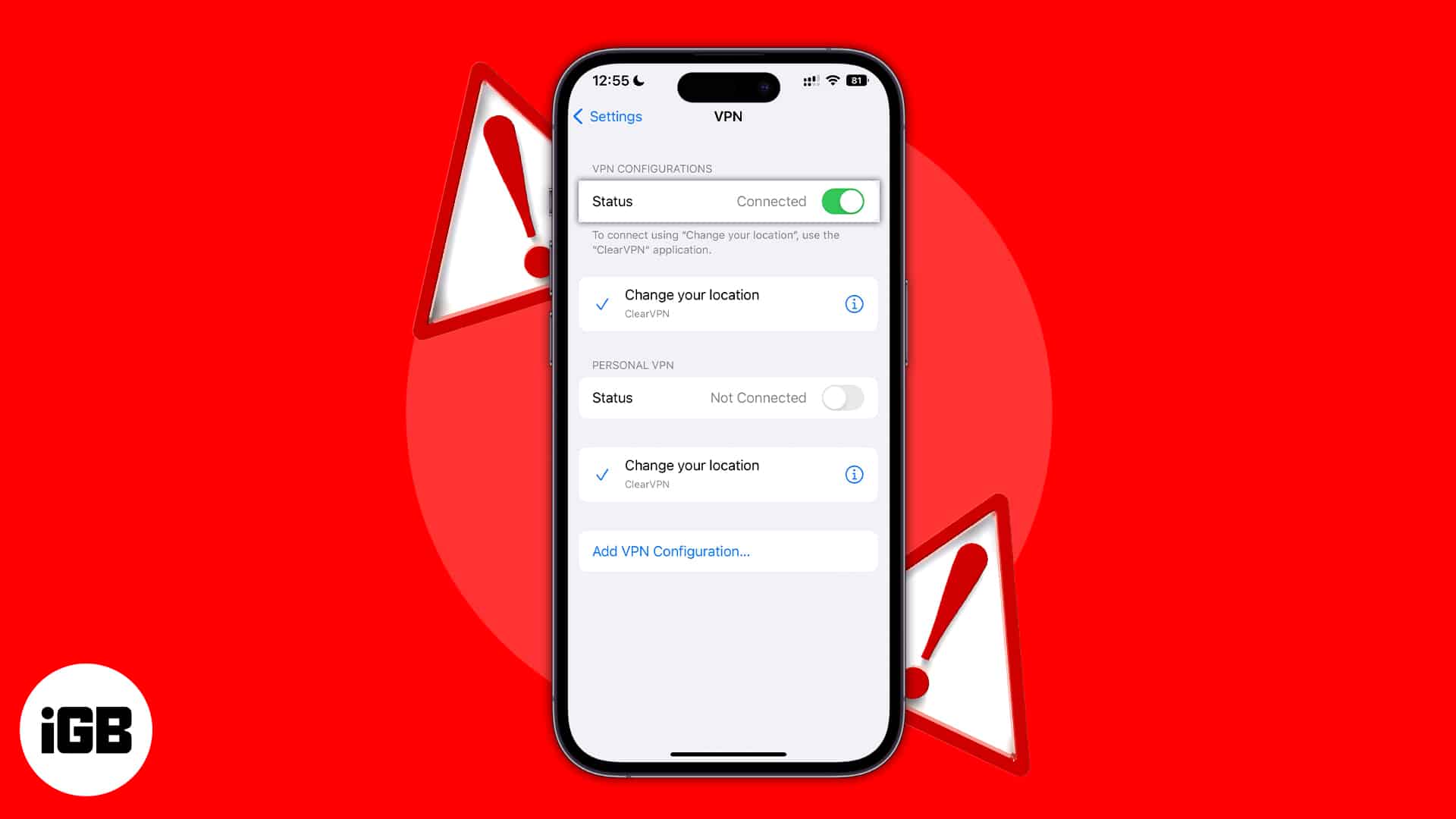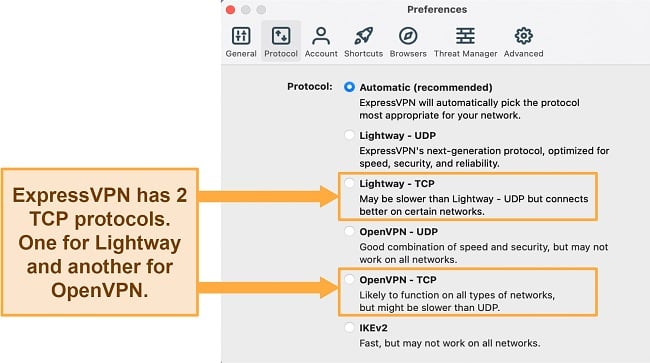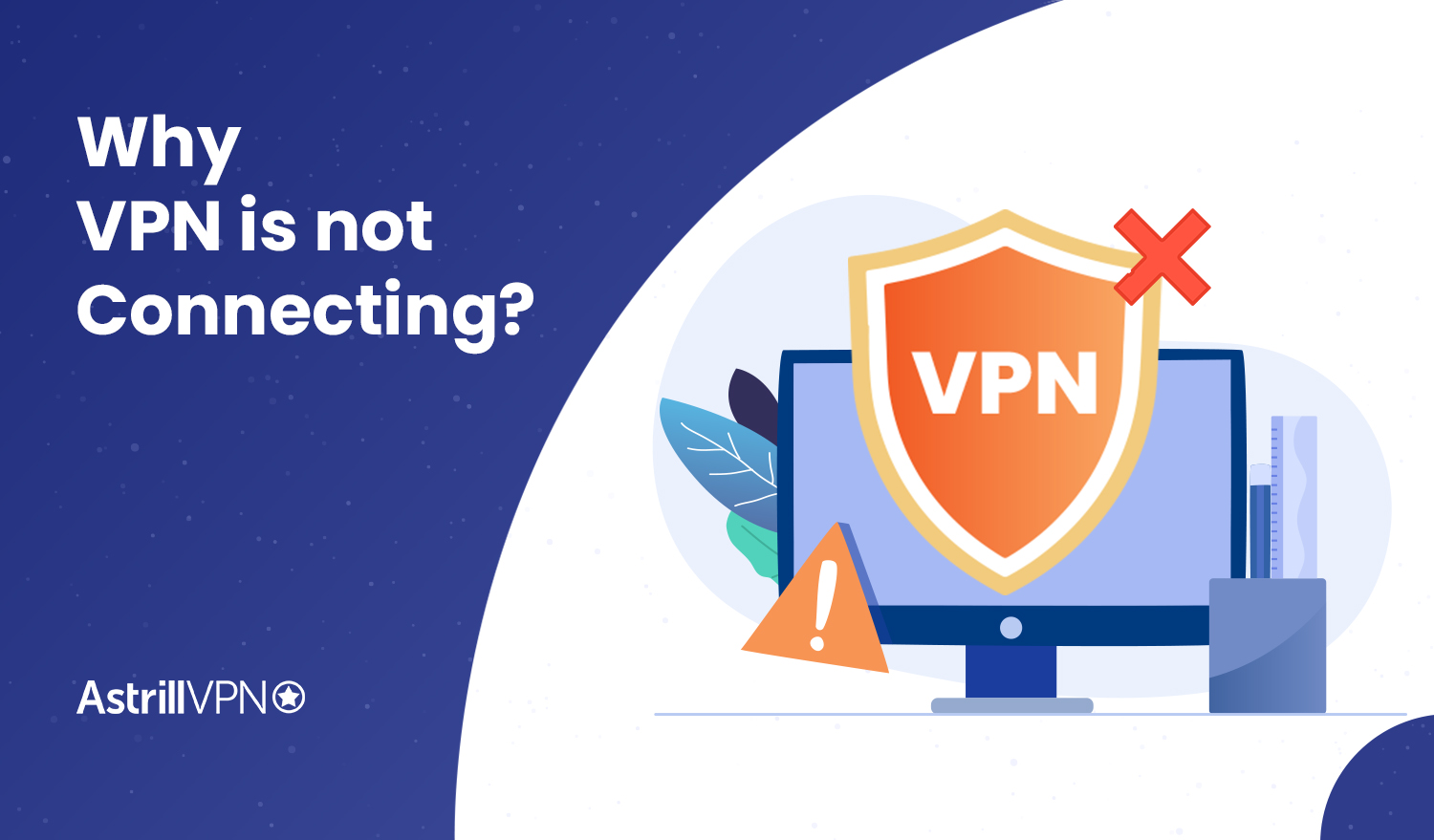Featured
Table of Contents
Troubleshooting Openvpn - Pfsense Documentation

The Routing and Remote Access snap-in lives within the Microsoft Management Console, called the MMC. There are multiple ways to access the MMC. You can choose the console from the Start menu's Programs options, within the Administrative Tools folder within Windows server's Control Panel or by typing mmc at a command prompt.
As Tech, Republic's Brandon Vigliarolo demonstrates within his video at the start of this short article, the Solutions console displays the status of the Routing and Remote Gain access to entry. From within the Services console and with the Routing and Remote Access entry highlighted, you can click Start the Service or right-click the entry and select Restart.
Sometimes the VPN client and VPN server are set to using different authentication methods. Validate whether an authentication error is the issue by opening the server console. Another technique of accessing the MMC is to type Control+R to open a command timely in which you can type mmc and hit Get in or click OK.
If the entry isn't present, click File, choose Add/Remove Snap-in, select the Routing and Remote Gain access to alternative from the choices and click Add, then OK. With the Routing and Remote Gain access to snap-in added, right-click on the VPN server and click Residences. Then, review the Security tab to validate the authentication approach.
Common Vpn Error Codes And Solutions For Windows 11/10
Ensure the VPN customer is set to the authentication method specified within the Security tab. Typically the items just reviewed are responsible for a lot of VPN connection refusal mistakes.
Each Web-based VPN connection usually utilizes two different IP addresses for the VPN client computer. This is the IP address that's used to establish the preliminary TCP/IP connection to the VPN server over the Web.

This IP address generally has the exact same subnet as the regional network and hence allows the customer to communicate with the local network. When you established the VPN server, you should configure a DHCP server to assign addresses to clients, or you can develop a bank of IP addresses to designate to clients straight from the VPN server.


If this option is selected and the efficient remote gain access to policy is set to enable remote access, the user will have the ability to connect to the VPN. Although I have been unable to re-create the circumstance personally, I have heard reports that a bug exists in older Windows servers that can cause the connection to be accepted even if the reliable remote gain access to policy is set to deny a user's connection.
11 Vpn Troubleshooting Tips: Quick & Easy Fixes In 2023

Another typical VPN problem is that a connection is effectively developed however the remote user is not able to access the network beyond the VPN server. Without a doubt, the most typical cause of this issue is that permission hasn't been given for the user to access the entire network. To permit a user to access the entire network, go to the Routing and Remote Gain access to console and right-click on the VPN server that's having the issue.
At the top of the IP tab is an Enable IP Routing check box. If this check box is enabled, VPN users will have the ability to access the remainder of the network, presuming network firewall softwares and security-as-a-service settings allow. If the checkbox is not selected, these users will have the ability to access only the VPN server, but nothing beyond.
For example, if a user is calling directly into the VPN server, it's normally best to set up a static route in between the customer and the server. You can set up a static path by going to the Dial In tab of the user's residential or commercial properties sheet in Active Directory Users and Computers and selecting the Apply A Fixed Route check box.
Click the Include Path button and then go into the destination IP address and network mask in the area offered. The metric ought to be left at 1. If you're using a DHCP server to appoint IP addresses to customers, there are a couple of other problems that might trigger users not to be able to surpass the VPN server.
Troubleshooting Openvpn - Pfsense Documentation
If the DHCP server designates the user an IP address that is already in usage elsewhere on the network, Windows will discover the dispute and avoid the user from accessing the remainder of the network. Another common problem is the user not getting an address at all. The majority of the time, if the DHCP server can't designate the user an IP address, the connection will not make it this far.
If the customer is designated an address in a range that's not present within the system's routing tables, the user will be unable to navigate the network beyond the VPN server. Make sure the resources the user is trying to access are actually on the network to which the user is connecting.
A VPN connection to the other subnet might, in fact, be needed. A firewall or security as a service solution might also be to blame, so don't forget to examine those solutions' settings, if such components are present between the VPN server and the resources the user looks for to reach.
The first possibility is that one or more of the routers involved is carrying out IP packet filtering. I suggest checking the client, the server and any devices in between for IP packet filters.
Latest Posts
Best Vpn Services 2023 — Today's Top Picks
Best Vpns For Small Business In 2023
Vpn Connectivity And Troubleshooting Guide